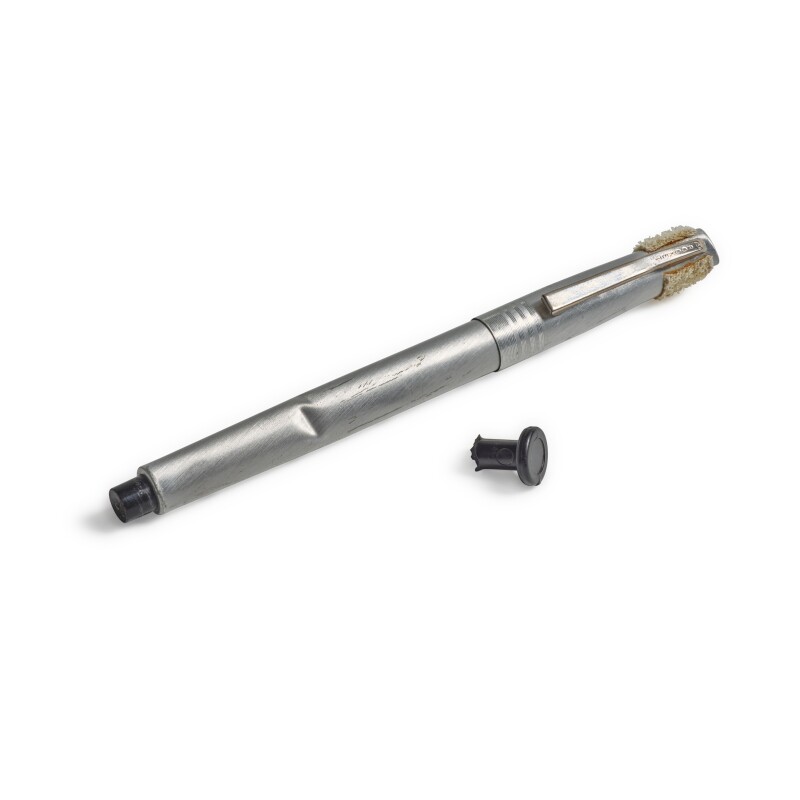Physical NFTs? A potential mainstream use case explained

Understandably, when most people think of NFTs, they do so under a primarily digital framework. It makes perfect sense. After all, the underlying technology that makes minting an NFT possible exists in the first place mostly as software – blockchain technology. But can NFTs be physical objects? The answer is yes.
Despite how the prevailing mainstream conversation around NFTs is continually misdirected towards “expensive monkey JPEGs”, there is so much more possible with this technology than enabling the sale of digital images. And it all starts with how people have coined NFTs linked to physical objects.
Why create physical NFTs?
Minting a digital asset as an NFT comes with a wide range of benefits. First, it’s a great way to ensure that something stays online indefinitely, thanks to the way NFTs work. Once an NFT is minted, its existence is effectively etched onto the respective blockchain that hosts it. And that NFT will remain in an unchanging state indefinitely, if not indefinitely.
The same applies to registrations of the sale – or any transaction related to NFT. These are also etched into the blockchain – marked down on a digital ledge for the rest of time. Thanks to these advantages, NFTs enable a greater degree of security and transparency in transactions online – and at times offline.
These characteristics of NFTs are precisely why use cases extend far beyond the digital realm. So where do NFTs fit into the IRL?
NFTs and the art industry
In the larger art industry, this technology could potentially prove to be a huge boon for all parties involved. An issue plaguing museums around the world is the question of provenance, as reported in an October 2022 episode of Last week tonight. One particularly egregious example mentioned in the episode was an authentic Egyptian sarcophagus on display at the Met. The problem? It was stolen during the Egyptian revolution in 2011 – and bought by the Met for a whopping $4 million despite lacking extensive certification for its authenticity and provenance.
With NFTs, significant progress can be made to avoid the possibility of bad actors obtaining stolen goods through nefarious channels. Should someone with bad intentions try to capture an object or piece of physical art, all a potential buyer needs to do to ensure authenticity is check the transaction history – assuming, of course, that it was minted as an NFT beforehand.
NFTs are also a great way to ensure that high-value auctions for physical objects and artifacts go smoothly, as they can also act as a uniquely secure and irrefutable certificate of authenticity. Such was the case when several artifacts from the famous Apollo 11 mission were auctioned off for millions of dollars earlier in 2022. Without their NFT certificates of authenticity, it might not even have been possible, considering that the artifacts in question included a pen and a broken fuse switch.

In some cases, Web3 development firms such as Americana have developed technologies to enable users to “coin” virtually any physical as an NFT via what is called a Universal NFTA Chip. With that, Americana has essentially opened up the NFT art landscape to artists who specialize in strictly physical media. Take the medium of sculpture, for example. Are you sure? can embossing an image of a sculpture, but that is not the same as embossing the sculpture itself. Which can arguably only be fully appreciated in all its glory in person where it can be viewed freely from all angles.
The collective market
NFT collections often number several thousand pieces of varying rarity, but some individuals in the NFT space have approached the buying, selling, and trading of NFTs as something of a collectible. Several projects like NBA Top Shot have emerged with hopes of replicating the huge surge in popularity enjoyed by physical collectibles.
But NFTs don’t have to serve as competitors to physical collectibles. Several firms, such as Collect9, have also used NFTs as a way to digitize ownership of physical goods – particularly collectibles. Sports trading cards often sell for millions of dollars on the open market, giving owners the opportunity to further secure their potentially multi-million dollar assets with immutable records of ownership and possession. And it sounds like a proposal that could benefit all parties.
The concept of ownership has been a hot topic in Web3, to put it mildly. What makes the NFT world truly unique, however, is the progress it has made in enabling users to effectively and easily share ownership of a high-value commodity via the purchase of a fraction of NFT. Through these types of NFTs, users can buy a share or part of a high-value NFT, rather than the whole thing. For NFTs as expensive as Bored Apes and CryptoPunks, that makes all the difference. It also makes committing to these investments less risky.
Physical artwork or rare IRL collectibles continue to be expensive, so minting these items as NFTs can provide buyers with the same utility. Regardless of your feelings about Logan Paul, the YouTube mogul has proven to be aware of this possibility with the launch of Liquid Marketplace. Through his platform, users can own a wide range of rare collectibles at prices that make more sense for their respective budgets.
The mundane is fair game
While the discussion so far has mostly been limited to coining exclusive high-value physical assets or objects such as NFTs, not all potential applications of NFTs in the physical world need be so hyped. Potentially, NFTs could also enable all sorts of mundane – but important – tools for people around the world. For example, the Romanian government is considering tokenization of government documents.
In June 2022, Romania’s National Institute for Informatics Research and Development, in collaboration with Elrond, announced that an institutional NFT marketplace was in the works for Romanian citizens. Through this marketplace, Romanian citizens will have the opportunity to securely access, transfer and store official documents on the blockchain as an NFT.
“NFTs represent the origin of creation and ownership for digital assets,” said Elrond CEO Beniamin Mincu in a previous interview with nft now. “After being registered on a distributed public ledger, everything is transparent and traceable, thus improving the sharing of data between public institutions, reducing bureaucracy and improving the efficiency and effectiveness of public services.” An everyday application for sure, but one that is guaranteed to be noticed by 99 percent of people in the world without valuable items lying around the house waiting to be sold and minted as an NFT.

























